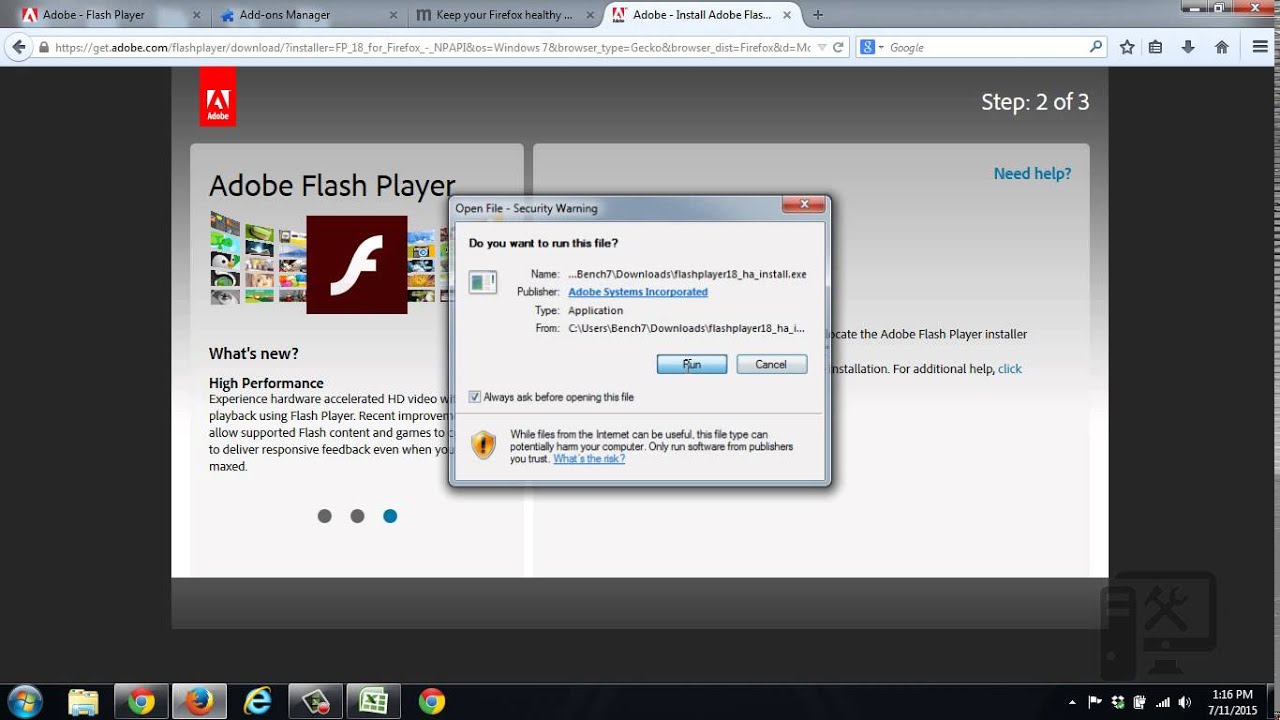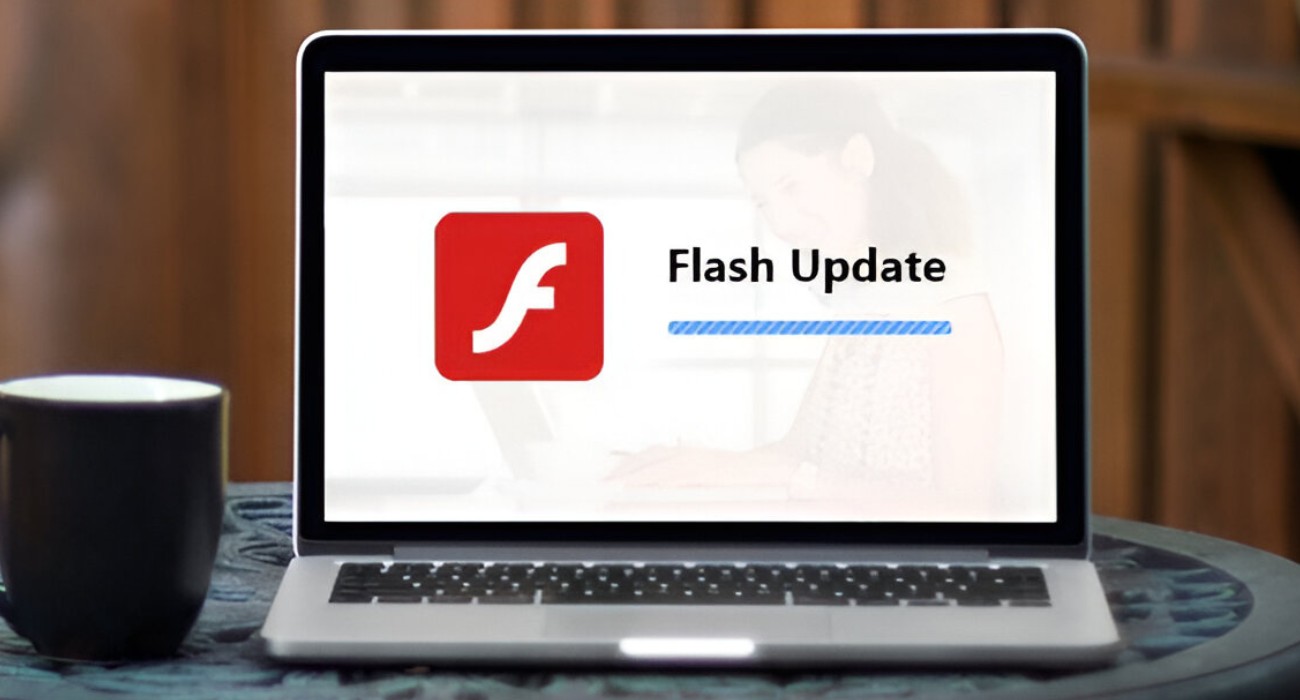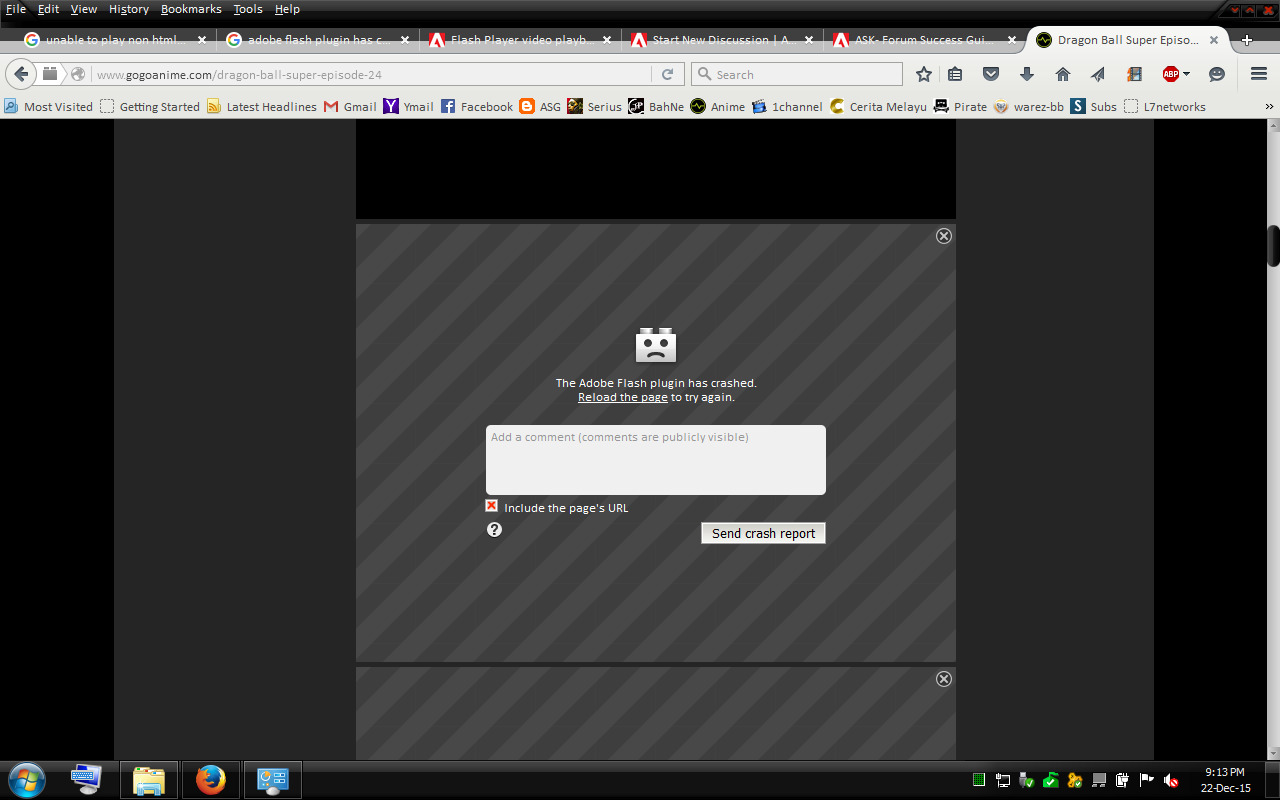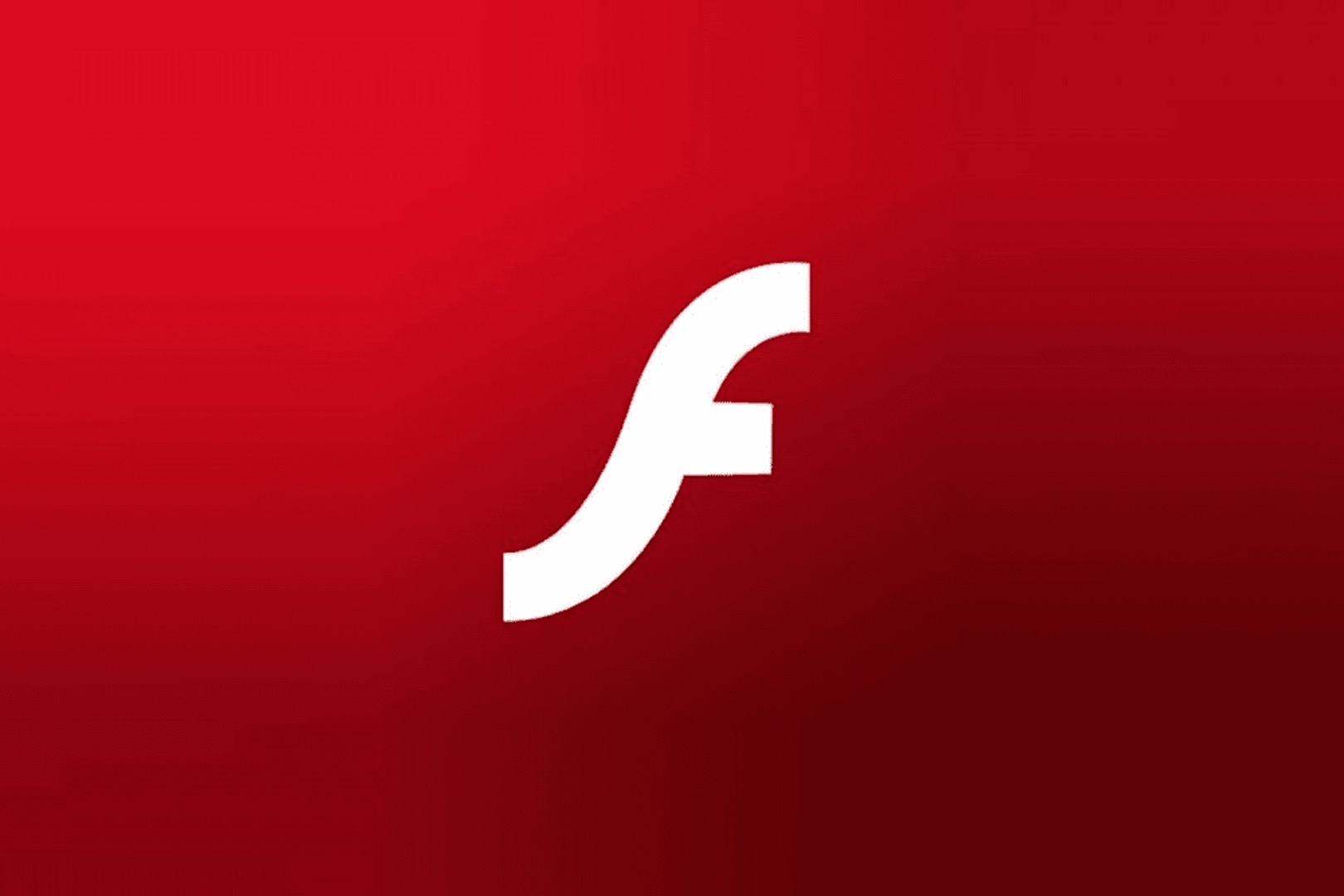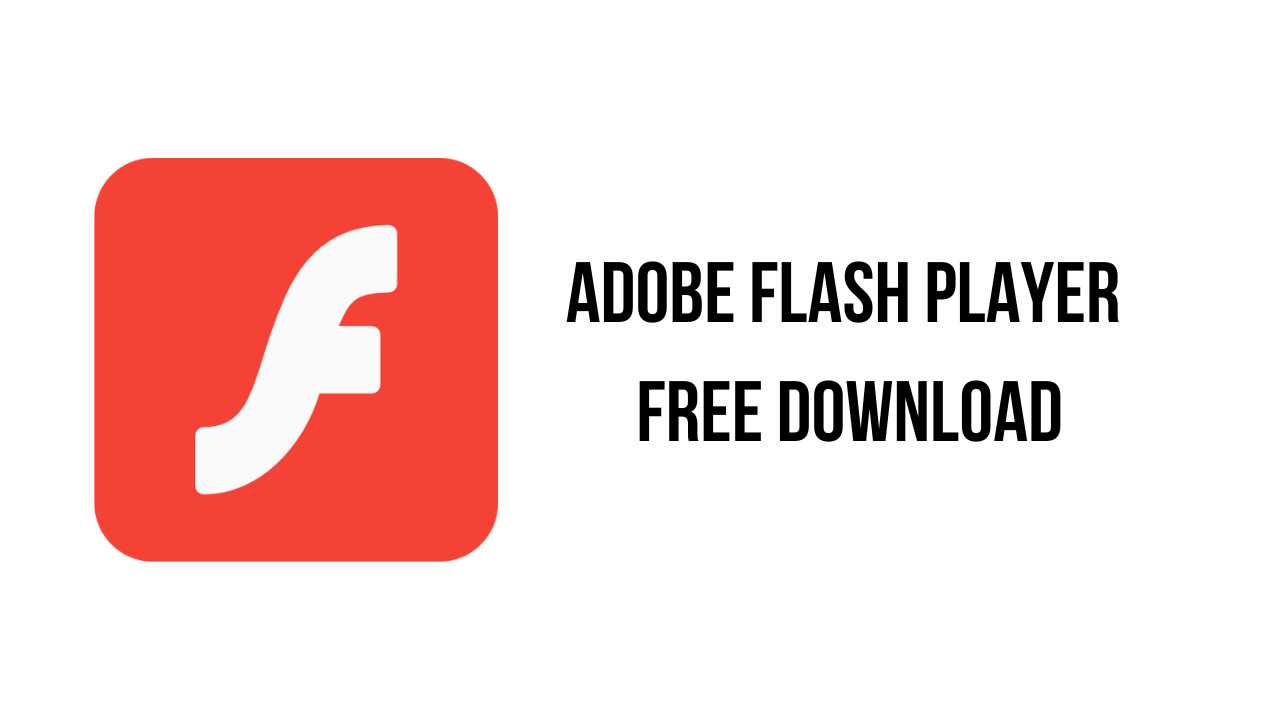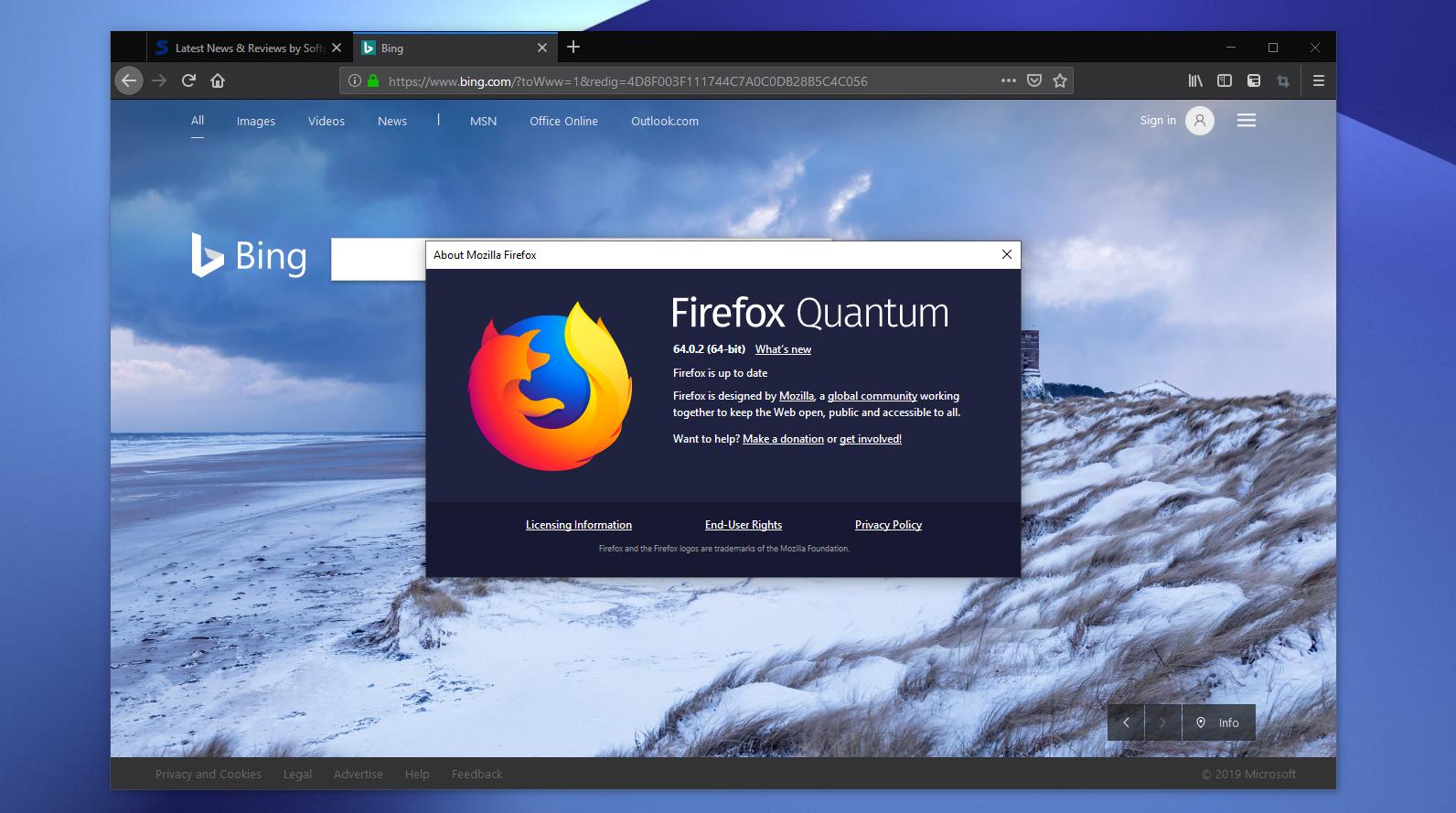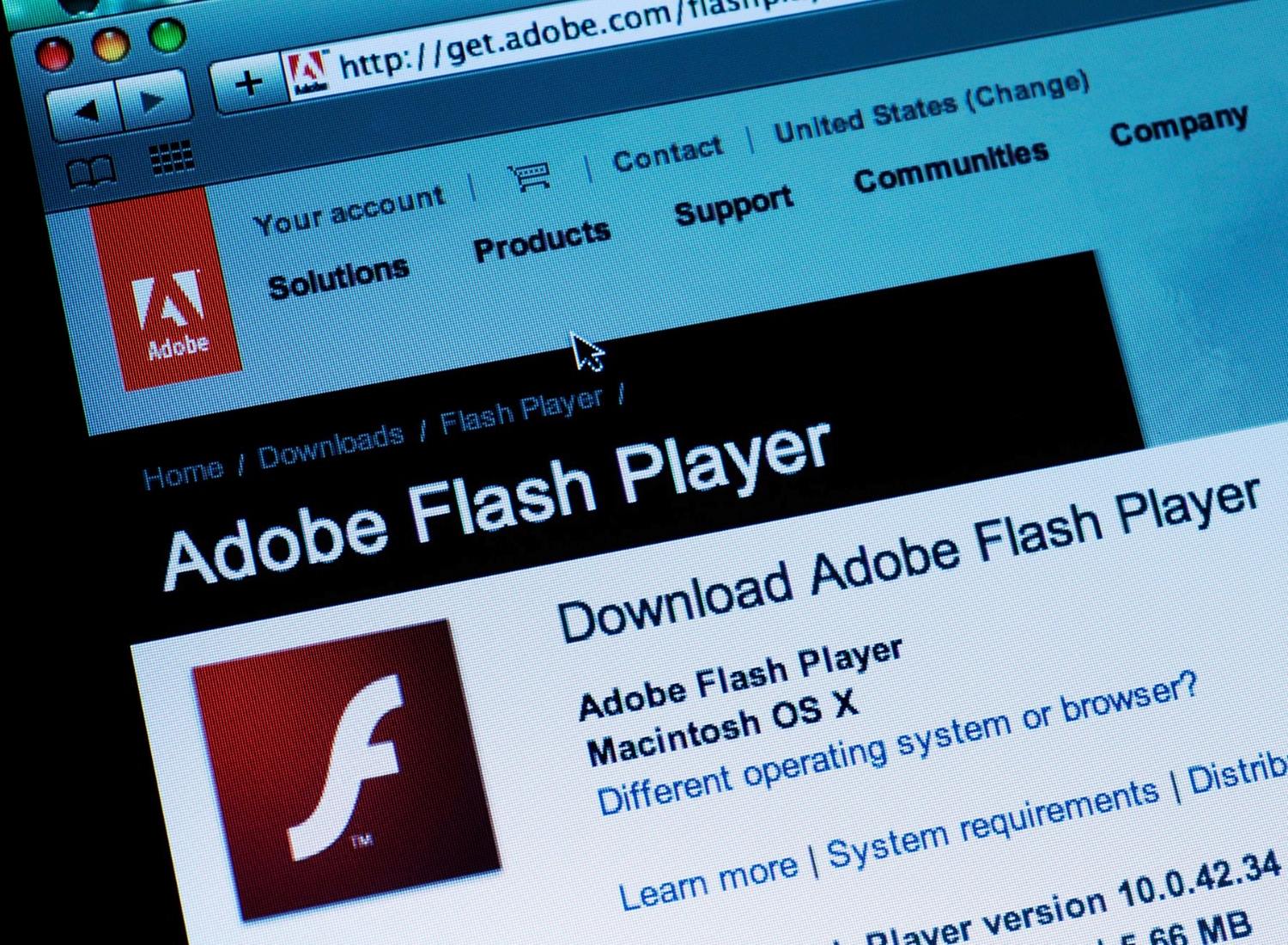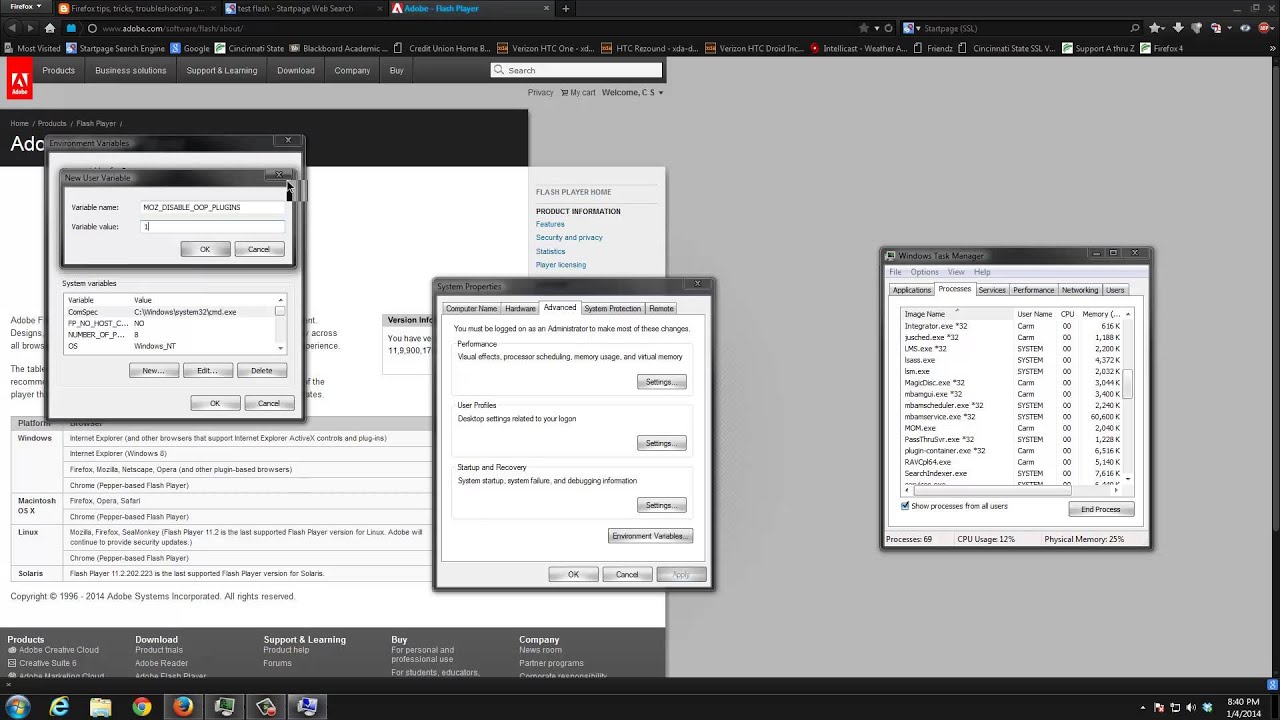Introduction
Adobe Flash has been an integral part of the internet for many years, allowing users to enjoy a wide range of multimedia content, including animations, videos, and interactive applications. However, with the evolution of web technologies, the use of Adobe Flash has declined, and many modern web browsers have disabled it by default due to security concerns and the emergence of more advanced alternatives like HTML5.
Despite this shift, there are still instances where you may need to enable Adobe Flash in your web browser, particularly if you encounter websites or applications that rely on Flash for their functionality. If you're a Firefox user and find yourself in this situation, you'll be pleased to know that enabling Adobe Flash in Firefox is a straightforward process. In this guide, we'll walk you through the steps to turn on Adobe Flash in your Firefox browser, ensuring that you can access Flash-based content without any hassle.
Whether you're looking to access legacy websites, play Flash-based games, or interact with Flash-based applications, having the ability to enable Adobe Flash in Firefox can be incredibly useful. By following the steps outlined in this article, you'll be able to enjoy the content and functionality that rely on Adobe Flash while ensuring that your browsing experience remains secure and seamless.
Now, let's dive into the process of checking if Adobe Flash is installed on your system and then enabling it in your Firefox browser. With these simple steps, you'll be well-equipped to make the most of Adobe Flash when the need arises.
Checking if Adobe Flash is installed
Before you can proceed with enabling Adobe Flash in your Firefox browser, it's essential to confirm whether Adobe Flash is installed on your system. This step is crucial, as it will determine whether you need to download and install Adobe Flash or simply enable it within your browser settings.
To check if Adobe Flash is installed on your computer, you can follow these simple steps:
-
Accessing the Add-ons Manager: Open your Firefox browser and click on the menu icon located in the upper-right corner of the window. From the dropdown menu, select "Add-ons" to open the Add-ons Manager.
-
Navigating to the Plugins Section: Within the Add-ons Manager, navigate to the left-hand sidebar and select the "Plugins" option. This will display a list of installed plugins, including Adobe Flash Player if it's already installed on your system.
-
Verifying Adobe Flash Installation: Look for "Shockwave Flash" or "Adobe Flash Player" in the list of installed plugins. If you see either of these entries, it indicates that Adobe Flash is already installed on your computer and is potentially ready to be enabled for use in your Firefox browser.
If you don't find Adobe Flash listed in the Plugins section, it means that Adobe Flash is not installed on your system, and you'll need to download and install it before proceeding with the enabling process. In this case, you can visit the official Adobe Flash Player website to download the latest version of the plugin and follow the installation instructions provided.
By following these steps, you can quickly determine whether Adobe Flash is already installed on your computer. This initial check is essential for ensuring that you can proceed with the appropriate actions to enable Adobe Flash in your Firefox browser, whether it involves enabling the existing installation or initiating the download and installation process. Once you have confirmed the presence of Adobe Flash on your system, you can move on to the next steps to enable it within your Firefox browser.
Enabling Adobe Flash in Firefox
Enabling Adobe Flash in your Firefox browser is a straightforward process that allows you to access Flash-based content and applications with ease. Once you have confirmed the presence of Adobe Flash on your system, whether through the Add-ons Manager or by installing it from the official Adobe website, you can proceed to enable it within Firefox. Here's a step-by-step guide to help you through the process:
-
Accessing the Add-ons Manager: Open your Firefox browser and click on the menu icon in the upper-right corner of the window. From the dropdown menu, select "Add-ons" to open the Add-ons Manager.
-
Navigating to the Plugins Section: Within the Add-ons Manager, navigate to the left-hand sidebar and select the "Plugins" option. This will display a list of installed plugins, including Adobe Flash Player if it's already installed on your system.
-
Enabling Adobe Flash: Locate "Shockwave Flash" or "Adobe Flash Player" in the list of installed plugins. To the right of the entry, you'll find a dropdown menu with options such as "Ask to Activate," "Always Activate," and "Never Activate." Select "Always Activate" to enable Adobe Flash for all websites that you visit.
-
Verifying the Activation: Once you've set Adobe Flash to "Always Activate," you can verify its status by visiting a website that uses Flash-based content. If Adobe Flash is successfully enabled, you should be able to interact with the Flash elements on the webpage without encountering any issues.
By following these steps, you can effectively enable Adobe Flash in your Firefox browser, ensuring that you have seamless access to Flash-based content and applications when needed. It's important to note that while enabling Adobe Flash can enhance your browsing experience on certain websites, it's essential to exercise caution and be mindful of potential security risks associated with using outdated technologies like Flash. As such, it's advisable to only enable Adobe Flash on trusted websites and to consider alternative, more secure technologies for multimedia content whenever possible.
With Adobe Flash successfully enabled in your Firefox browser, you can now enjoy the benefits of accessing Flash-based content without any hindrances. Whether you're engaging with interactive multimedia or exploring legacy websites that rely on Flash, having the ability to enable Adobe Flash in Firefox provides you with greater flexibility and accessibility in your online experiences.
Testing Adobe Flash functionality
Once you have successfully enabled Adobe Flash in your Firefox browser, it's essential to verify its functionality by testing it on a website that utilizes Flash-based content. This step allows you to ensure that Adobe Flash is working as intended, enabling you to interact with multimedia elements and applications that rely on Flash technology. By conducting a simple test, you can confirm that Adobe Flash is operational and ready for use whenever you encounter Flash content during your browsing sessions.
To test Adobe Flash functionality in your Firefox browser, follow these straightforward steps:
-
Visiting a Flash-Enabled Website: Begin by navigating to a website known to feature Flash-based content. This could be a multimedia website, an online game platform, or any other web destination that traditionally utilizes Adobe Flash for its interactive elements.
-
Interacting with Flash Content: Upon accessing the Flash-enabled website, engage with the Flash content present on the page. This could involve playing a Flash-based game, watching an animated presentation, or interacting with any other multimedia elements that rely on Adobe Flash.
-
Observing Seamless Functionality: As you interact with the Flash content, observe its behavior to ensure that it functions seamlessly without any glitches or errors. Verify that animations play smoothly, interactive elements respond as expected, and any audio or video components operate without interruptions.
-
Checking for Browser Compatibility: While testing Adobe Flash, it's also beneficial to confirm that your Firefox browser effectively supports the Flash content. Ensure that the Flash-based elements render correctly within the browser window and that you can interact with them without encountering any compatibility issues.
By conducting this test, you can confirm that Adobe Flash is fully operational within your Firefox browser, allowing you to enjoy Flash-based content without any impediments. Additionally, this verification process provides you with the confidence that Adobe Flash is ready for use whenever you encounter websites or applications that rely on this technology.
It's important to note that while Adobe Flash may function as expected during your testing, it's essential to remain mindful of its diminishing support and potential security vulnerabilities. As the use of Flash continues to decline in favor of more modern and secure technologies, it's advisable to exercise caution when engaging with Flash content and to consider alternative solutions for multimedia experiences whenever feasible.
By following these steps to test Adobe Flash functionality in your Firefox browser, you can ensure that you're prepared to engage with Flash-based content while maintaining a secure and seamless browsing experience.







